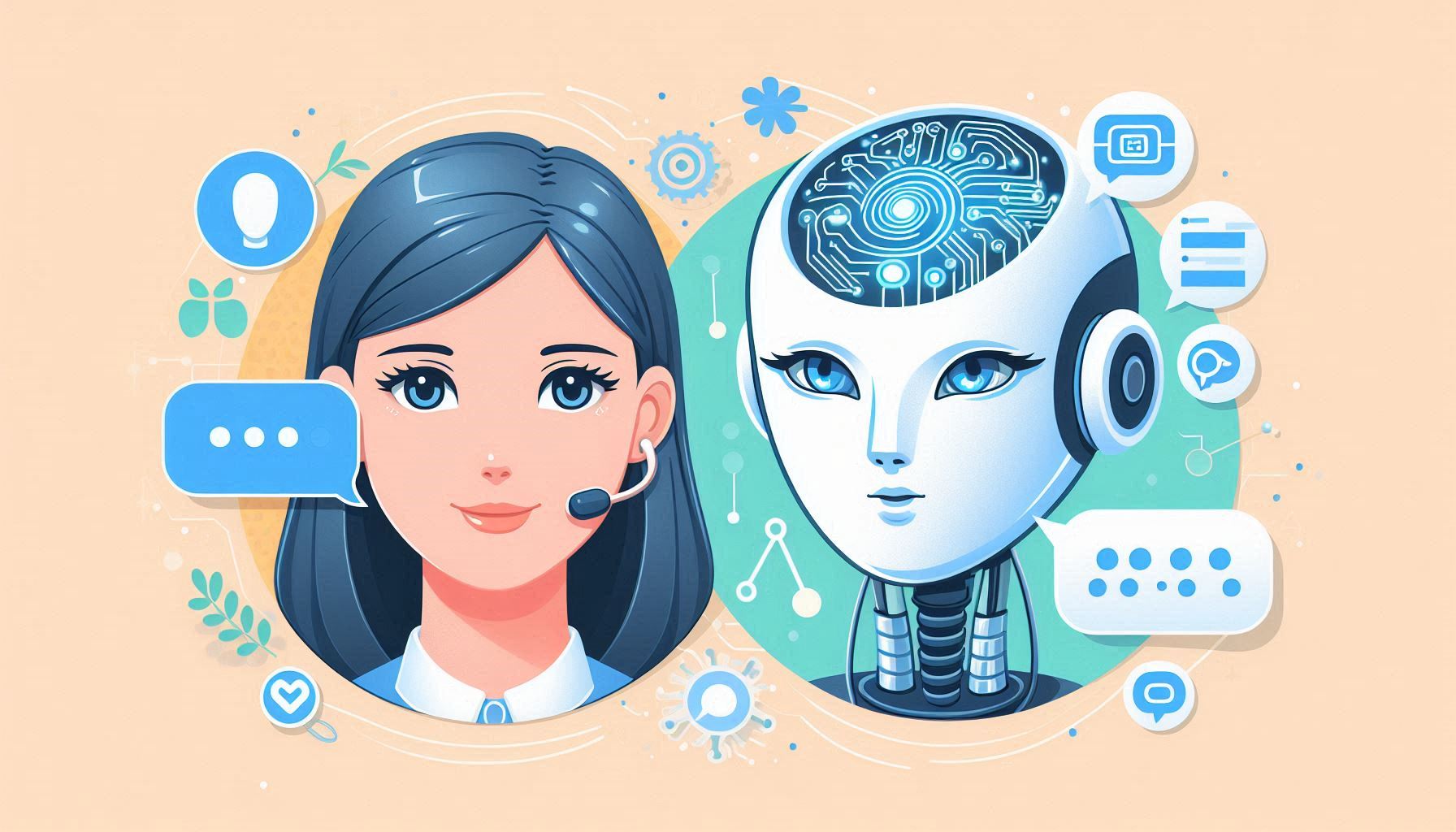
In today’s fast-paced digital world, customer service is a critical component of any successful business. With advancements in technology, AI chatbots have emerged as powerful tools for handling customer interactions. However, the question remains: are AI chatbots better than human customer service? Let’s dive into the advantages and disadvantages of both to help you make an informed decision.
The Rise of AI Chatbots
AI chatbots, powered by natural language processing (NLP) and machine learning, can simulate human conversation and provide instant responses to customer queries. Here are some of the key benefits of using AI chatbots in customer service:
24/7 Availability
Chatbots can operate around the clock, providing support to customers at any time, day or night. This ensures that customers receive timely assistance, regardless of time zones or business hours.
Instant Responses
AI chatbots can process and respond to multiple queries simultaneously, reducing wait times and enhancing the customer experience. This is particularly beneficial during peak hours when human agents might be overwhelmed.
Cost-Effectiveness
Implementing AI chatbots can significantly reduce operational costs by automating repetitive tasks and handling a large volume of inquiries without the need for additional staffing.
Consistency and Accuracy
Chatbots provide consistent responses based on their programming and training data, ensuring that customers receive accurate information every time.
Data Collection and Analysis
Chatbots can collect valuable data from customer interactions, providing insights into customer behavior, preferences, and common issues. This data can be used to improve products, services, and overall customer experience.
The Human Touch in Customer Service
While AI chatbots offer numerous advantages, human customer service agents bring unique qualities to the table that AI cannot replicate. Here are the key benefits of human customer service:
Empathy and Emotional Intelligence
Human agents can understand and respond to emotions, showing empathy and providing personalized support. This emotional connection can be crucial in resolving complex or sensitive issues.
Complex Problem Solving
Humans excel at handling intricate and multifaceted problems that require critical thinking, creativity, and a deep understanding of context. They can adapt to unexpected situations and offer tailored solutions.
Building Relationships
Human interactions help build strong customer relationships, fostering loyalty and trust. Customers often appreciate the personal touch and feel more valued when interacting with a real person.
Flexibility and Adaptability
Human agents can quickly adapt to new information and changing circumstances. They can handle unique or unconventional requests that might be beyond the capabilities of a chatbot.
Brand Representation
Human agents serve as the face of your brand, embodying its values and culture. They can convey your brand’s personality and create a memorable customer experience.
Finding the Right Balance
So, which is best: AI chatbots or human customer service? The answer depends on your specific needs and goals. In many cases, a hybrid approach that combines the strengths of both can offer the best of both worlds. Here are some strategies for finding the right balance:
Automate Routine Tasks
Use AI chatbots to handle routine and repetitive inquiries, such as answering FAQs, processing orders, and providing basic information. This frees up human agents to focus on more complex and high-value interactions.
Offer Escalation Options
Ensure that customers have the option to escalate their issues to a human agent when necessary. This can be achieved by seamlessly transferring chats from the bot to a live agent or providing a phone support option.
Personalize Customer Interactions
Leverage AI to gather data and insights that can help human agents provide personalized and context-aware support. This enhances the overall customer experience and fosters stronger relationships.
Continuous Improvement
Regularly analyze chatbot interactions and human customer service performance to identify areas for improvement. Use this feedback to refine chatbot algorithms and provide ongoing training for human agents.
Conclusion
AI chatbots and human customer service each offer unique advantages that can enhance your customer support strategy. By understanding the strengths and limitations of both, you can create a balanced approach that leverages the efficiency and cost-effectiveness of chatbots while preserving the empathy, flexibility, and problem-solving capabilities of human agents. Ultimately, the best solution is one that meets your customers’ needs and aligns with your business goals.
Ready to transform your customer service strategy with the perfect blend of AI chatbots and human touch? Start today and elevate your customer experience to new heights.


